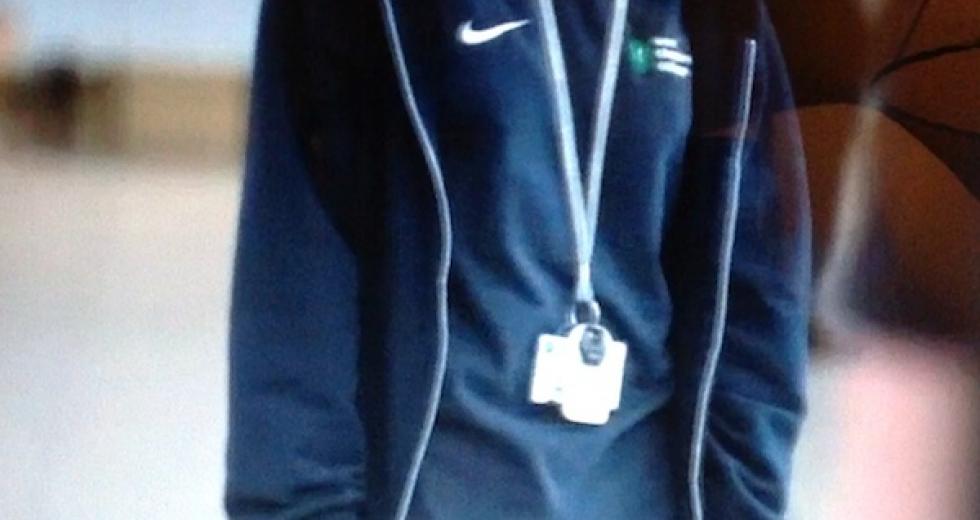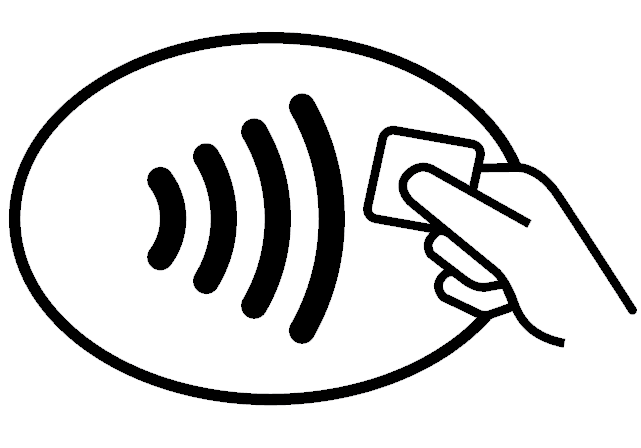
In the UK, schools hold masses of data about our children. They are one of the most surveilled school populations in the world, not only in the subjects they study, their health and eating habits, but also through the use of biometrics and location RFID tagging.
Between 2001 and 2012, biometric systems in education were initially used for library systems in primary and secondary schools. By 2006 biometrics were increasingly used for cashless catering, school lockers, school trip money payments and registration.
In 2005, privacy organisations and parents concerned about the use of biometrics in schools began lobbying Parliament, with a particular focus on the fact that schools were taking children’s biometrics without informing parents.
A person’s biometric data does not fall under Part 2 of the Data Protection Act (DPA), Sensitive Personal Data. In a child’s case any Sensitive Personal Data needs parental permission if the schools wish to use it, therefore as biometric data is not included in this category of the DPA schools could use children’s biometrics and not need to tell parents.
In May 2012, the Protection of Freedom Act was passed requiring schools to:
notify each parent of the child of its intent to process the child’s biometric information and that the parent may object at anytime.
Under this legislation, a school cannot process a child’s biometric information unless:
at least one parent of the child consents ... and ... no parent of the child has withdrawn consent or otherwise objected
If at any time the child refuses, the school cannot process their biometric information. This law becomes enforceable in September 2013 and is globally the first national law on consent regarding children’s biometric data.
Since 2001, private biometric companies have had free run of the UK schools market and the nation’s children. This has been very much to the biometric industry’s advantage with different types of biometric technology tested on the UK’s children, including fingerprint scanners, infrared facial scans, iris scanning, infrared palm scanning and infrared fingertip scanning.
An establishment taking and using a child’s biometrics, without parental knowledge, sends some fundamental messages to a child. It devalues a parent’s input into raising a child and reinforces to the child that that establishment has the responsibility to make these types of decisions.
The issues raised with schools using children biometrics are all encompassing. Privacy, civil liberties, possible discrimination, compromised religious ethics and unnecessary surveillance are some areas for consideration with possibly serious, consequences if their biometric data falls into the ‘wrong hands’. Technological developments combined with an establishment view of using such databases threaten to erode children’s privacy with the likelihood of these children growing up into adults that are habituated to accept a high level of surveillance.
Children are brought up with an array of technology surrounding them from an early age, baby monitors, radio, television, remote controls, iPods, iPads, cash cards, mobile phone, the list is endless. Different technologies bring different responsibilities and parents have a rightful duty to their children to ensure that they grow up using technology appropriately. Part of this right has been taken away arbitrarily by schools where children using biometric technology are concerned.
With the impending requirement for schools to gain parental consent under the Protection Of Freedom Act, biometric technology may had its day in UK schools, possibly seeing the technology regulated out of the UK schools market. With the potential demise of biometrics in schools leaving a technological hole, we can look towards the USA where RFID seems to be emerging.
RFID - Radio Frequency IDentification
Essentially there are two types of RFID tags or chips. Passive RFID tags which are dormant until put within a few feet of a reader/receiver which activates the tag, exchanges information and the tags switches off when it is moved away from the scanner and active RFID tags which have their own energy source and emit continuous radio waves, transmitting data to receivers. Oyster Cards and, increasingly now, credit and debit cards have passive RFID tags in them and some UK schools use passive RFID for registration and photocopy use.

If this symbol is on a card, it can be assumed the card has an integral RFID tag able to communicate with a receiver or if you are in a building with this symbol showing there may be receivers installed, able to communicate with RFID tags.
Passive RFID tags were introduced in schools in the United States in 2004 with active location tracking RFID tags introduced in 2008. In 2007 Hungerhill High School in Doncaster, UK, trialled RFID chips embedded in school blazers which was criticised heavily from civil liberties groups and reported widely around the world. The trial was quickly halted. Since 2007 there has been no knowledge of active RFID tags tracking children in UK education until recently.
In May 2012 the Daily Telegraph and Times Educational Supplement (TES) both ran articles about a UK college tracking student movements with RFID. The articles detail that West Cheshire College, a 14-19 vocational college with 20,000 pupils, was using active RFID tags to monitor students’ movements in real time.
It is thought that West Cheshire College is the first instance of RFID tagging students in the UK and possibly the EU. With no mention of the tracking RFID on West Cheshire College’s website, the below information comes from the RFID Journal and Zebra Technologies, the RFID supplier:
- Ultra wideband RFID tags emit brief radio frequency signals across the entire 6.35 to 6.75 GHz frequency band. (near wifi frequencies)
- The school deployed the technology in two phases—first at its Chester Campus, in 2010, and then at its newly built Ellesmere Port Campus in 2011
- Average battery lifespan of a tag is seven years.
- Receivers, which can receive tag signals from up to 100meters, 328 feet away, are located throughout the campus buildings.
- Designed to provide accuracy greater than 1 meter, 3.3 feet.
- Tag Transmission rate of once per second.
- College able to view student and staff peer group associations
West Cheshire College has been asked various Freedom of Information requests about their RFID system, which can be publically viewed at Whatdotheyknow.com. Requests have been partially answered with some of the requests completely unanswered, one of which is how student consent was gained to track them. This is now the matter of a formal complaint to the Information Commissioner’s Office as of February 2013.
Privacy, civil liberties and identification
The implications of potential breaches of human rights, privacy and civil liberties issues with RFID tags tracking human beings in real-time are far reaching, especially with children, students. RFID tracking, monitoring associations, could dissuade individuals from exercising their rights to freedom of thought, speech and association. There are obvious issues of privacy concerning staff knowing the exact real-time location of individual students, i.e. toilet, showers, school nurse. Potentially students tagged could be observed attending activities or groups, sensitive groups such as LGBT (lesbian, gay, bisexual, and transgender membership), using the college nurse for private, personal reasons, etc. Also a RFID tacking system only tracks the tag. If a student is not with a tag, incorrect assumptions can be made about the whereabouts of a child when in fact the child may not be on premises.
Apart from the privacy issues surrounding active RFID it is emerging that there well documented health concerns with the use of wifi systems, mobile telephone use and smart meters to name a few. The effects of wearing an active RFID tag on a lanyard around ones neck may have yet unforeseen health implications.
The assumed benefits to schools of RFID location systems seems to be increasingly driven by financial pressure to gain attendance figures for funding purposes - an attractive money saver with an opportunity to unify students data and use of systems within a school. A unique characteristic of active RFID technology is that there is no conscious or physical need to do any action that affirms an individual’s interaction with a data processing system i.e. placing a finger print on a scanner, swiping a card, simply carrying the tag is enough. RFID is a ‘ubiquitous’ technology, a phrase being used more and more in the contactless technology industry.
Children’s identity and data held by schools is valuable, not least to the state and the private corporations now involved in UK education, but most importantly to the child. Their identification, what is stored against it, who has access to it, how secure it is and how it is used could quite conceivably have repercussions for our children in years to come. Perhaps as well as enabling and encouraging children to participate in these systems, we should also teach the value of the data they exchange and that there is also a choice in this. Having the choice to participate or not in such systems, with our rights and access to services intact, should be paramount however with the ‘Internet of things’ just round the technological corner this may not be so simple.
Our society has some extremely sophisticated technology; we need to use it responsibly and honestly with open debate ensuring respect and provision for those who do not wish to consent to its use.
